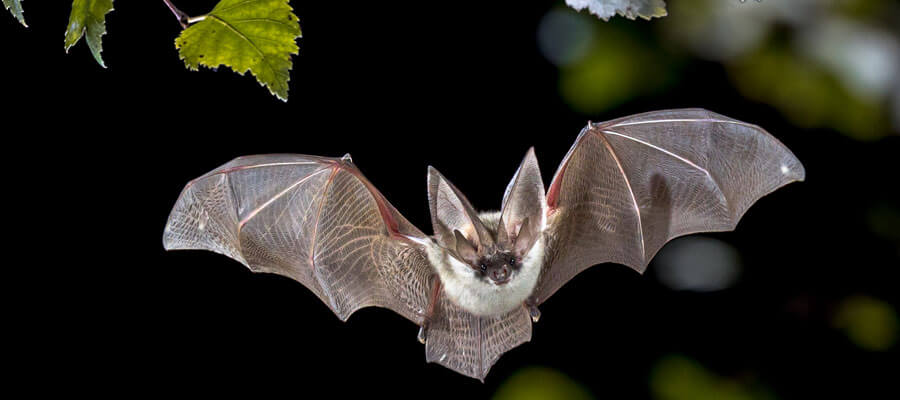Bats are an important part in the Idaho ecosystem and overall, an animal that should not be feared or shunned. Contrary to popular belief, a very small percentage of bats carry the rabies virus. Out of all the Rabies captured for testing each year, only an average of 6% test positive for the virus.
Why Should I Be Concerned About Bats Now?
Bats are currently migrating right now and the potential for exposure increases during the end of summer and beginning of fall period. So far in Idaho, there have been 6 confirmed bat infected with rabies cases this year, with one of those cases in Meridian.
Mix the increase of bats in our area with cooler temperatures making it perfect for some much-needed outdoor adventures and the chances of an infected bat encounter increases substantially.
Also, take into consideration that your dog can’t tell you with words that he has been around a bat or even been bitten by one.
How is Rabies Transmitted?
The most common way Rabies is transmitted to humans or pets is through a bite. However, an infected animal can also spread the disease through saliva, open wounds, or through the mucous membranes of the nose, mouth, and eyes. Since a bat’s saliva can linger in the air, Rabies can also be transmitted through inhalation, although this is extremely rare.
Symptoms of Rabies
While the Rabies from bats to domesticated animals is a highly uncommon occurrence, it does happen. Here is a list of symptoms and behaviors that you may see in pets that have been unknowingly exposed to Rabies:
- Increased aggression, nervousness, anxiety, or even excessive friendliness.
- Increased drooling or foaming at the mouth.
- An increase in licking and biting.
- Seeming unbalanced or staggering.
- Seizures.
- Appearing to be parlayed by fear at times.
Some or all of the symptoms above usually appear within 7 to 10 days but it can also be several months after contracting Rabies.
Prevention is Always the Best
Keeping current on your pet’s vaccinations is always the best way to ensure your furry, or not so furry family member does not contract Rabies if they come into close contact with a rabid bat or other wild animals.
If you suspect your dog has come into contact or even been around a bat, there are steps that need to be taken.
- Call animal control to capture the bat and have it tested for Rabies. Knowing this will help to determine if you and your pet need to get to your respective doctors right away.
- If the bat cannot be captured safely for testing and your dog is current on their rabies vaccinations, contact your veterinarian right away and ask if they think a rabies booster is necessary.
- If the bat cannot be captured safely for testing and your dog is not current on their rabies vaccinations, you’ll need to talk to your veterinarian about treatment and possible quarantine of your dog to ensure no humans or other pets are affected by the disease. It’s important to note that quarantines can be required for up to six months, which isn’t fun for anyone.
It’s worth emphasizing again that contracting Rabies from a bat is unlikely while you are out and about in the foothills or spending time in our national forests with Fido. The best thing you can do to protect your fur baby is to keep their vaccinations up to date.
